Learning Aim A:
Types:
‘shot’ – The continuous footage or sequence between two edits or cuts.
------------------------------------------------------------------
‘sequence’ – edited assembly of audio and video clips.
------------------------------------------------------------------
‘editing’ – A creative and technical part of the post production process of filmmaking, what is done after filming.
------------------------------------------------------------------
‘role of an editor’ – An editor works with raw footage and takes footage from many shots taken and mixes and matches them to make the shot make more sense for the audience.
------------------------------------------------------------------
‘Continuity editing’ -The process where the edit is made from start to finish in order.
-----------------------------------------------------------------
‘Non-Continuity editing’ – when shots are misplaced on purpose to create effect to disrupt time and space.
------------------------------------------------------------------
‘Montage Editing’ – A series of short shots which are sequenced to condense space and time.






History:
(These people in history have majorly improved film in some way)
The Lumiere Brothers: Auguste Marie Louis Nicolas Lumiere and Louis Jean Lumiere were both manufacturers of photography equipment. And with having said that, they built a revolutionary camera and projector, called Cinématographe, which could record, develop and project film.




Edwin S. Porter: Edwin Stanton Porter was an American film pioneer who was most recognised as a producer, director and cinematographer. Porter still remains an enigmatic figure in motion picture history.
Christopher Nolan: Christopher Edward Nolan is a British-American film director, producer and screenwriter. The method which Christopher Nolan edits his movies is highly effective as he likes to use Non-Continuity editing which means that his end product becomes non linear. This has built him a high status in filmmaking as this developed a new way to edit, thanks to him.
Louis Le Prince:
Louis Aimé Augustin Le Prince was a French artist and the inventor of an early motion-picture camera, possibly the first person to shoot a moving picture sequence using a single lens camera and a strip of (paper) film. He has been credited as "Father of Cinematography"


Thomas Edison:
Thomas Alva Edison was an American inventor and businessman. He developed many devices in fields such as electric power generation, mass communication, sound recording, and motion pictures. These inventions, which include the phonograph, the motion picture camera, and early versions of the electric light bulb, have had a widespread impact on the modern industrialized world.


Establishing Shot:
Lev Kuleshov:
Lev Vladimirovich Kuleshovwas a Russian and Soviet filmmaker and film theorist, one of the founders of the world's first film school, the Moscow Film School. He was given the title People's Artist of the RSFSR in 1969. He was intimately involved in development of the style of film making known as Soviet montage, especially its psychological underpinning, including the use of editing and the cut to emotionally influence the audience, a principle known as the Kuleshov effect.

Narrative:
Enigma Codes: A theory that suggests that a text portrays a mystery to attract the audience.
--------------------------------------------------------------------------------------------
Linear: Where the structure of a story is in chronological order.
--------------------------------------------------------------------------------------------
Non-Linear: Where the structure of a story is NOT in chronological order.
--------------------------------------------------------------------------------------------
Multi-Strand Narratives: When a story has more than one root/ more than one protagonist.
--------------------------------------------------------------------------------------------
Serial Narrative: When a story is broken down into separate,
sub-stories. Every episode has its own story.
--------------------------------------------------------------------------------------------
Series Narrative: When a story is fully told in a set amount of time.
(most television shows use Series Narrative to create a long story, also could be used to create suspense at the end of every episode.)
--------------------------------------------------------------------------------------------
Flexi-Narrative: A story with many twists and turns, attracting the audience.
--------------------------------------------------------------------------------------------
Episodic Drama: A story in which is told in parts, leading to an end goal in the final episode.
--------------------------------------------------------------------------------------------
Unrestricted Narrative: When the audience knows more than the characters.
--------------------------------------------------------------------------------------------
Restricted Narrative: when both the character and the audience are left in the dark as to what happens next.





(A photo of two main protagonists looking at each other)


Techniques:
Straight Cut: Two clips which are joined together.
------------------------------------------------------------------------------------
Transitions:
1.(Fade) The gradual appearance of the picture or sound.
2.(Dissolve) When one shot fades over another.
3.(Wash) When the shot is covered in white.
4.(Wipe) When one shot replaces another from one side to the other.
------------------------------------------------------------------------------------
Parallel Editing: Cutting happens between two or more related actions at the same time in two separate locations.
------------------------------------------------------------------------------------
Quick Cuts: Many shots happening at once.
------------------------------------------------------------------------------------
Long Takes: One shot is held out for a long period of time.
------------------------------------------------------------------------------------
Elliptical Editing: Changing a long clip to many shortened clips.
------------------------------------------------------------------------------------
Cutaway: Little shots that interrupt the main shot, making the little shot more attracted.
------------------------------------------------------------------------------------
Cut-Ins: When the same shot is taken more closer.
------------------------------------------------------------------------------------
L-Cut: The audio plays during the transition.
------------------------------------------------------------------------------------
J-Cut: The audio plays before the transition
------------------------------------------------------------------------------------
Eyeline Match: Being in the characters point of view.
------------------------------------------------------------------------------------
Match On Action: When the transition matches the action.
------------------------------------------------------------------------------------
Reverse Shot: Continuously switching up the angle of two or more subjects
------------------------------------------------------------------------------------
Reaction Shot: When a shot cuts away from a main scene to view a characters reaction
.------------------------------------------------------------------------------------
Establishing Shot: The first shot in a scene which gives the audience the setting.
------------------------------------------------------------------------------------
30-Degree Rule: Camera should move at least 30 degrees relative to the subject successively.
------------------------------------------------------------------------------------
180-Degree Rule: If two people are on screen, the camera should not go past both characters, or it’ll invert the scene.
------------------------------------------------------------------------------------
Jump Cut: Cuts between two sequential shots.
------------------------------------------------------------------------------------
Graphic Match: A connection between two different shots.
------------------------------------------------------------------------------------
Freeze Frame: A shot is held in place for a period of time.
------------------------------------------------------------------------------------
Slow Motion: The shot is slowed down.
------------------------------------------------------------------------------------
Split Screen: There are more than one shots on screen at the same time.
------------------------------------------------------------------------------------
Flashback/Flash Forward: A fade that brings in either the past or future.
Straight cut:
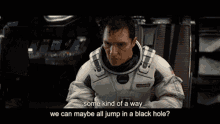
Fade:
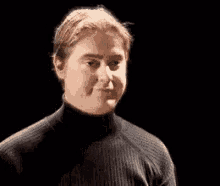
Wash:
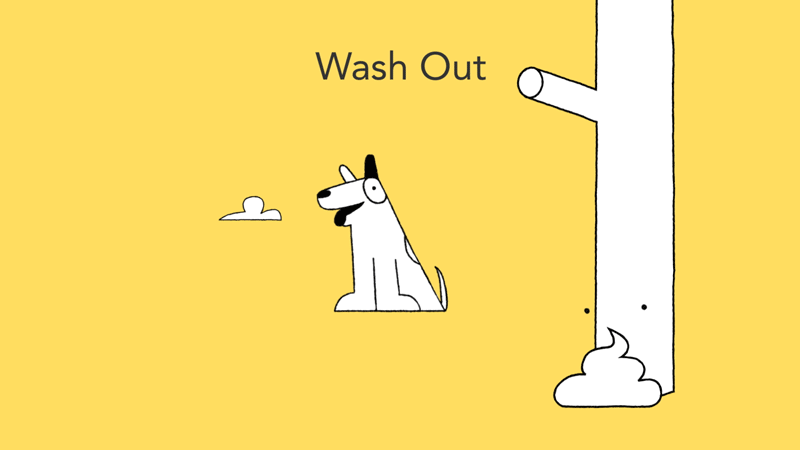
Dissolve:
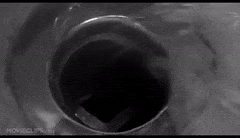
Wipe:
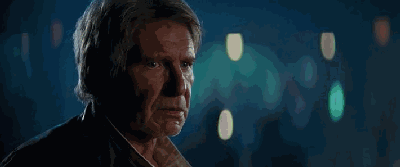
Parallel Editing:

Quick Cut:
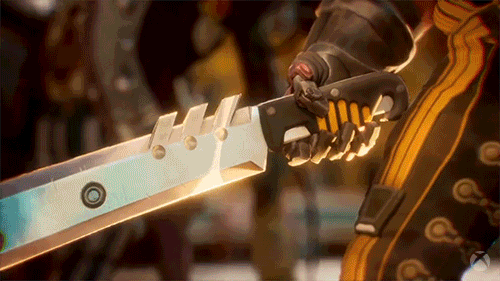
Long Take:
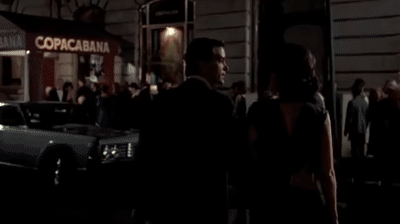
Elliptical Editing:
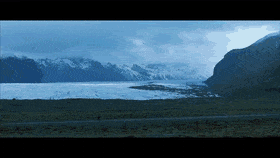
Cutaway:
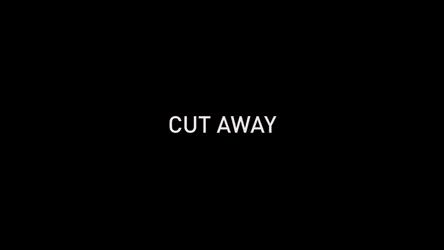
Cut-Ins:
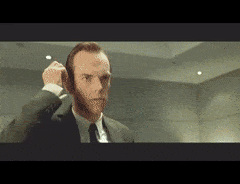
L-Cut:
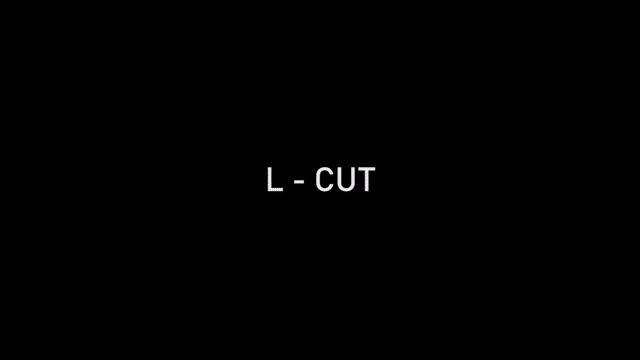
J-Cut:

Eyeline Match:

Match On Action:

Reverse Shot:
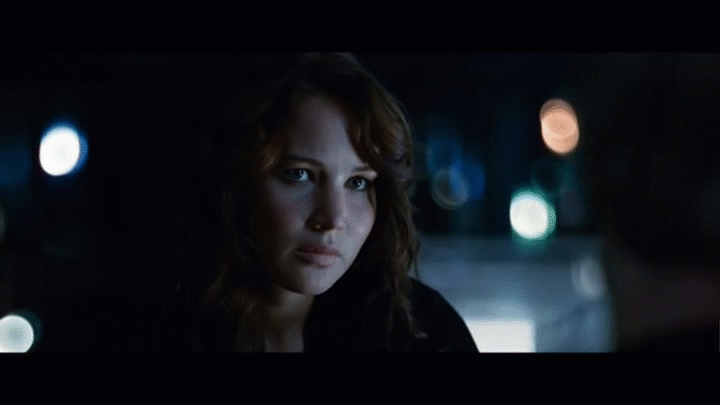
Reaction Shot:

Establishing Shot:

30-Degree Rule:
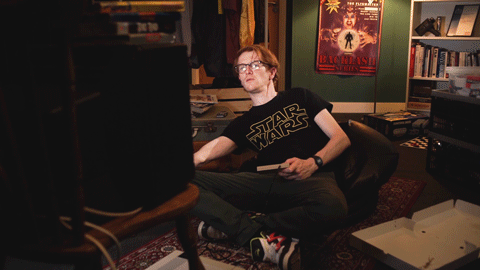
180-Degree Rule:

Jump cut:

Graphic Match:
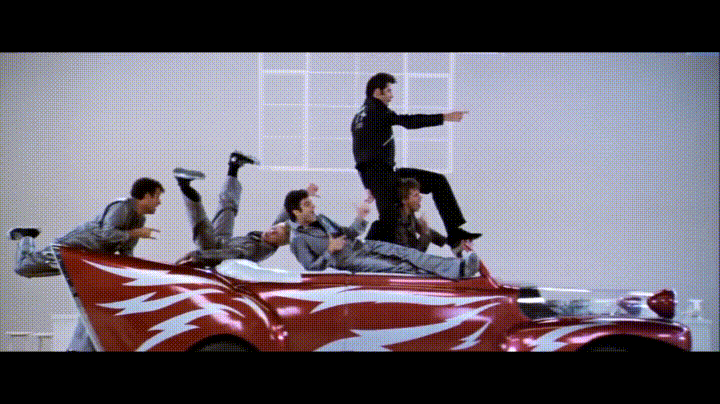
Freeze Frame:

Slow Motion:
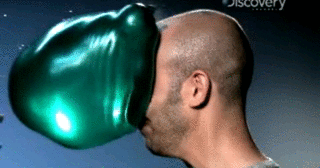

Split Screen:
Flashback/Flash Forward:
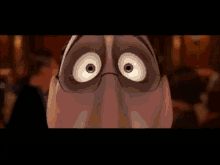
Purpose:
Which techniques are used to…
…Manipulate the sense of time?
-Flashback: Gives another point of time in the upcoming scene.
-Elliptical Editing: Gives a condensed and shortened ending.
…Control the perception of space to create a logical and believable space between characters/objects not sharing the same shot/angle?
-Parallel Editing: Gives two main characters’ settings at the same time.
…Control the rhythm and pace/flow of the production?
-Quick Cuts: Gives a more hectic and hyper reaction to the scene.
…Create a narrative through motivation?
-Cut In: Could give more emotion as we would be able to see their facial expressions.
…Create a sense of drama?
-Freeze Frame: Could convey that something major has occurred.
…Embrace continuity between different shots/angles?
-Straight Cut: simple, goes from one shot to another.
…Engage the viewer through suspense?
-quick cuts: rapid, making the action more enhanced.
…Form meaning by juxtaposing elements within editing and creating a sense of personal connection and empathy with a character?
Flashback: Could portray why they became who they are.
(Information from Wikipedia)









Learning Aim B:
Continuity Editing:
Continuity Example:

Continuity Sequence:

Shooting Script:
Script Writing:
Storyboard:
Development portfolio:
The purpose of the Continuity sequence is to highlight to the audience that we have a main character who goes into a classroom to go on the internet. I am overall proud with my sequence as I believe that I have achieved that criteria.
What I think went well for my Continuity Sequence is how I made the scenes look like they were in order and the variety of shots to further enhance the moment. this is evident through my uses of POV shots when my character interacts with something and a tracking shot when my character is walking.
One thing which I feel I could've improved upon is the use of audio and how I should have included more in my script writing other than just my main character whistling. This would have improved my video as by me including audio, this would attract the audience more. this would also be beneficial as the Sequence becomes bland and plain without audio.
Non-Continuity Editing:
My edit of Terminator: Dark Fate trailer

My own recorded and edited advertisement:

Shooting Script:
Script Writing:
Storyboard:
Development Portfolio:
What I thought went well in the Non-Continuity sequence is the montage part of the sequence and how I used editing well to make the original video reversed. Another thing which went well in my opinion is the use of the POV shot at the end by screen recording the camera, giving the audience an insight as to how the camera works. This idea of screen recording the Photo app was instantly placed in my mind as I understood how to use my phone, giving me a benefit as I could take advantage of some of the uses which the phone provides
One thing which went not so well is the lack of audio and how my main character didn't speak much. This problem has been repeated as it also had occurred in my Continuity sequence and it has been identified and for future situations, I will be more cautious of the use of audio.
I had initially wanted to include more shots for the montage, however due to the lack of time, I had no time to record more shots for the final outcome. By me having more shots for the final outcome, this would give me more of a variety of what I can include for the sequence.
Learning Aim C:
Narrative Breakdown:
Shooting Script:
Script Writing:
Storyboard:
Video Log Sheet:
Final Outcome:
